Top 13 ERP System Examples for 2025

Sorry, there were no results found for “”
Sorry, there were no results found for “”
Sorry, there were no results found for “”
An enterprise resource planning (ERP) solution acts as the single source of truth for all organizational data. It offers a shared database that authorized users can access so that decisions are taken based on all available information.
This bird’s-eye view enables an organization to make data-driven decisions about process improvements, resource management, and cost savings. As a result, business outcomes improve and employees use their time more effectively.
But how do you select the right ERP system for your requirements? Especially with so many options available.
We want your organization to succeed, so my team and I researched the best ERP system examples out there. In this post, we’ll discuss their features, limitations, and pricing plans, so you’re well-positioned to make the right choice.
The best ERP software tools are stocked with features that can modernize your operations and enhance efficiency
While deciding on the best example of ERP systems, key factors to consider are:
ClickUp is an all-encompassing project management solution packed with features designed for enterprise needs.
As a cloud-based platform, ClickUp offers organization-wide visibility, process automation, and real-time collaboration across all departments.
For example, the ClickUp Resource Management Software elevates cross-functional teamwork. It helps set clear goals, track progress, and improve reporting—all in one convenient place.
I can create documents and wikis to outline resource constraints and notes and store them alongside my projects. I can embed files, tag my team, and easily share them with anyone. It’s ultra-convenient and intuitive.

ClickUp is also customizable to your scale and organizational needs. With a hierarchy of folders and lists, it’s easy to keep my accounts organized and share projects with clients while controlling visibility with granular permissions—regardless of the project or team size.
With ClickUp CRM, you can manage your sales and account pipeline using custom status workflows and save templates for leads, clients, and project deliveries. You can also track orders, leads, and scoring with custom fields and generate insightful reports for smarter analysis.

And there’s more!
The ClickUp Resource Planning Template offers a comfortable way to allocate resources within a team or department.
Whether tracking hours, managing subcontractors, or organizing staff availability, this template helps you do it all right—and fast!
You can take charge of resource allocation, maximize project completion within given time frames, identify potential resource conflicts, and improve organizational alignment with business goals.
Using ClickUp has helped us plan better, deliver faster, and efficiently structure our teams, and our production team has doubled in size since I joined the company! That would not have been possible if we had not had a solid structure for resource allocation and project management in place.
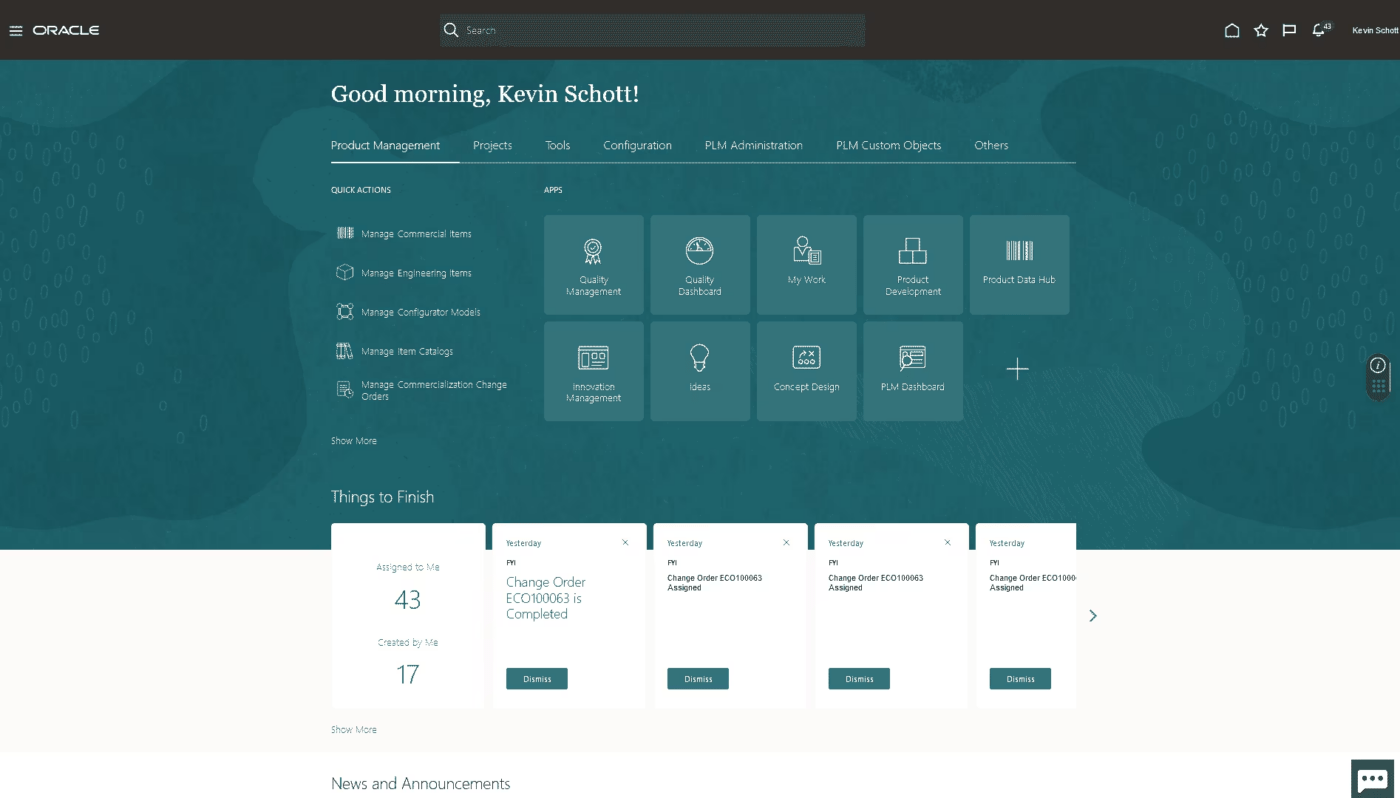
Oracle Fusion Cloud ERP is a cloud-based ERP software application suite that offers features such as AI to automate manual processes, real-time analytics for greater market adaptability and scenario planning, and M&A strategizing capabilities.
However, its global compliance management stood out for me. Navigating different country regulations was smooth, almost like having a compliance expert built into the system.
The Oracle ERP Cloud also automatically integrates local tax laws and reporting standards, making it easier to stay compliant without manual adjustments.
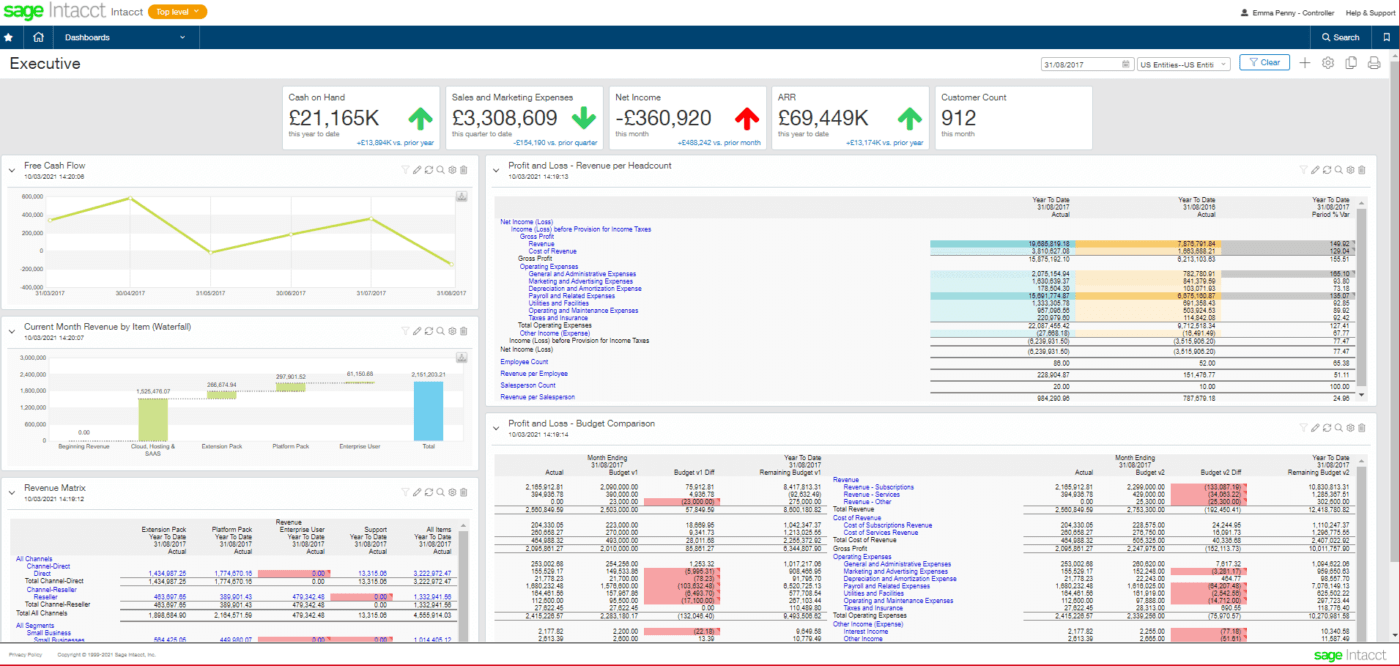
Sage Intacct is a cloud-based financial and asset management platform with deep accounting capabilities, including cash management, AR/AP, and general ledger templates.
Sage Intacct’s AI-powered anomaly detection can scan thousands of transactions, flagging any irregularities and ensuring that financial data is accurate and secure.
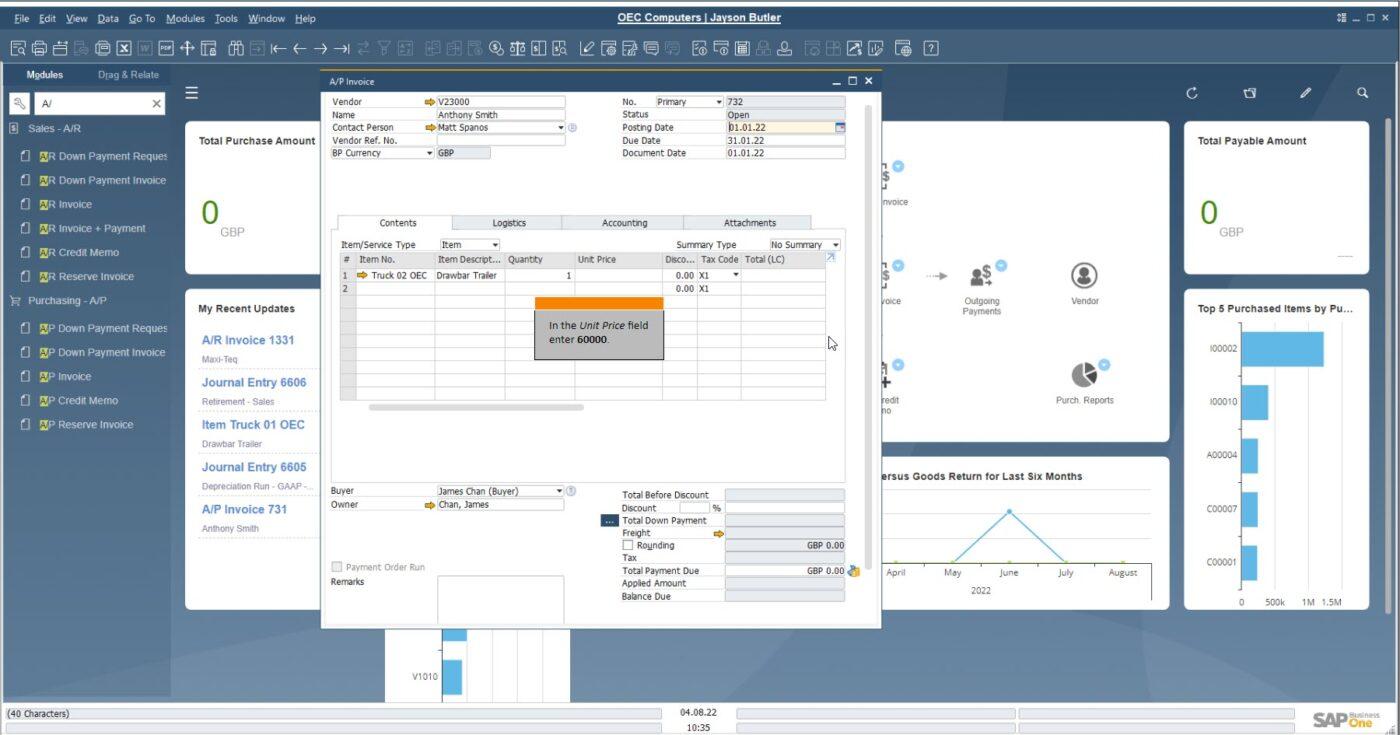
SAP Business One is an ERP solution for small-to-medium-sized businesses. It allows control of almost every aspect of daily business operations, from accounting and inventory to invoicing and sales.
SAP Business One integrates with Microsoft Outlook and syncs customer contacts directly, which makes managing CRM processes much smoother. It provides instant access to updated customer information, resulting in quick resolution of customer inquiries while enhancing overall service delivery.
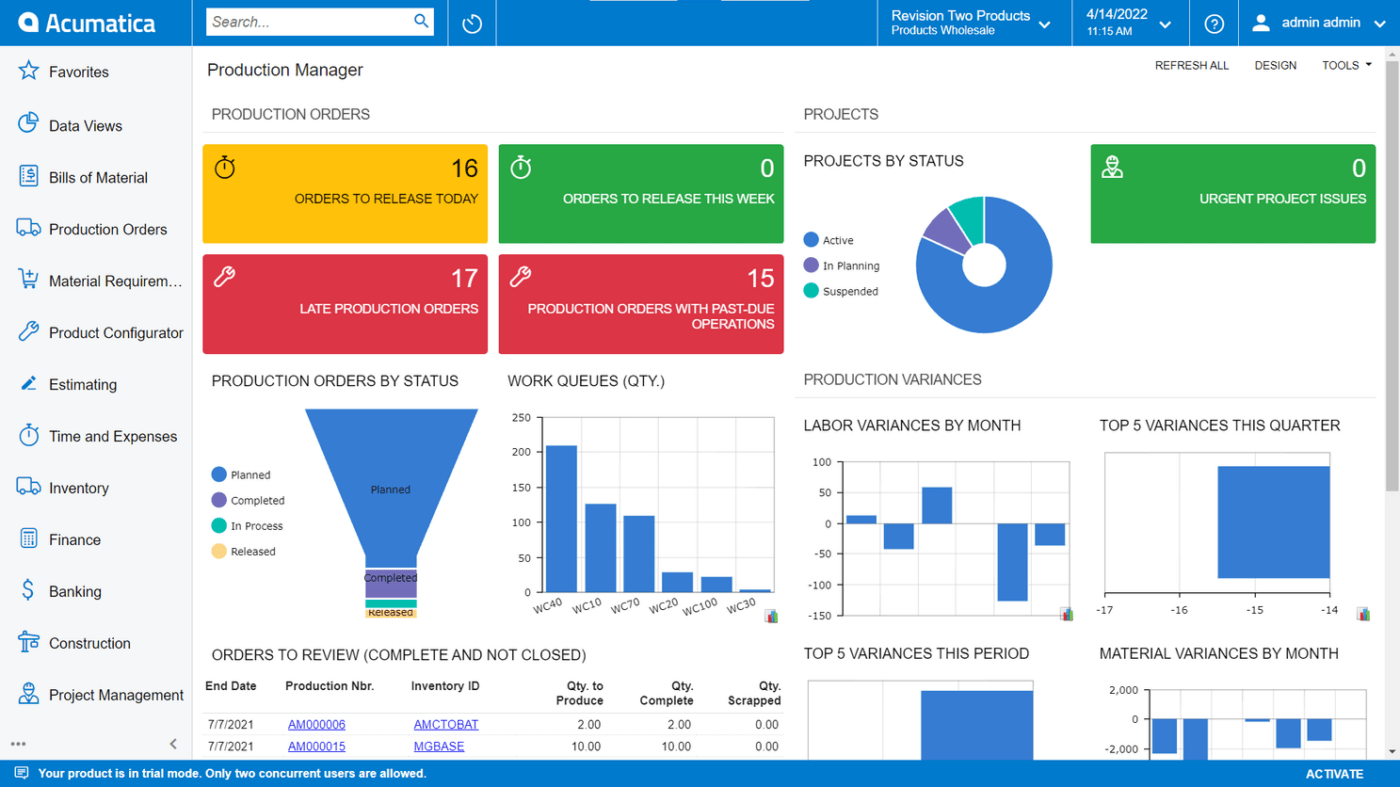
Acumatica is a procurement management software with an intuitive cloud ERP system that offers a range of professional services automation and project planning tools. Known for its flexibility and dynamic design, it’s ideal for retail businesses and accessible to users across technical expertise levels.
One of Acumatica’s standout features is the customizable workflow automation in requisition management. It can bundle requests from multiple sources into a single requisition and set up approval rules easily, optimizing the procurement processes.
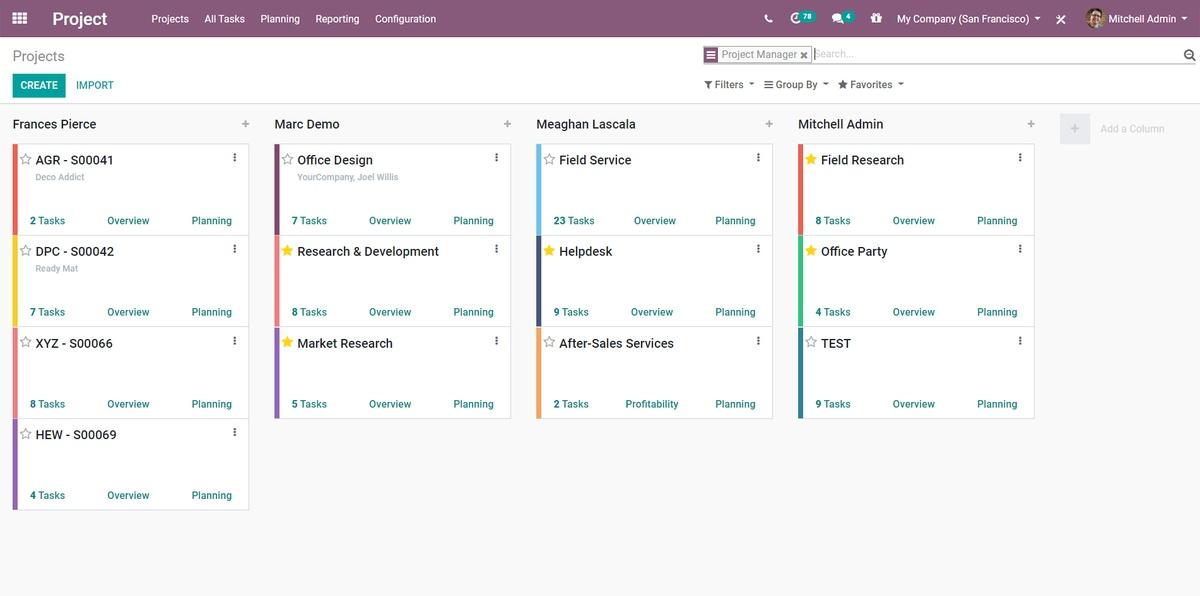
Odoo is an open-source, integrated business apps suite covering customizations for helpdesk, project management, HR, manufacturing, marketing, and more. It’s ideal for businesses that need a highly adaptable tool to fit their unique processes.
However, what interested me was its e-commerce integration.
Setting up an online store was easy, and because it was integrated with other Odoo modules like inventory, sales, and accounting, everything was in sync. This removed the hassles of manually updating stock levels or tracking orders—it was all handled automatically.

Epicor is a cognitive ERP system designed to meet the needs of various industries, including manufacturing, distribution, and retail. Its advanced data visualization tools enabled me to transform complex data sets into easily understandable charts and graphs.
This visual representation made it simple to identify trends, track KPIs, and make informed decisions quickly. These readily available insights helped me proactively initiate process mapping and address issues faster.

Xero is a user-friendly, accounting-focused ERP software that can handle everything from automatically creating invoices and claiming expenses to paying bills and generating reports.
Its automatic transaction matching feature intelligently aligns imported bank transactions with the ones I enter into the system. When the software finds a match, I only have to click “OK” to reconcile the transaction.
Xero also provides real-time updates, so I always have an up-to-date view of my cash flow.
Microsoft Dynamics 365 is a highly integrated ERP system that leverages AI and real-time data to enhance business operations. It’s known for its potent functionalities and integration capabilities.
One of its key aspects is offering sales insights. The AI analyzed historical data and current trends to predict future sales outcomes. It also suggested the best actions to take with prospects and existing customers.
This level of insight enabled my team and me to focus on opportunities with the highest chance of conversions, ultimately boosting overall sales.

Multiview ERP is a suite of financial management ERP systems that allows users to smoothly consolidate financial data from multiple entities. This is particularly useful for organizations with complex structures or numerous subsidiaries.
The tool’s customization options for financial reports helped me tailor reports to meet specific needs, ensuring the information presented was relevant and actionable.
Whether it was creating detailed balance sheets, income statements, or cash flow reports, I could focus on the key metrics that mattered most to my business and team.

SYSPRO is a reliable ERP system built to improve operational efficiency, especially in the manufacturing and distribution sectors.
It provides real-time visibility into inventory levels across multiple locations. This centralized view helps users make informed decisions about reordering and stock transfers.
For example, SYSPRO automatically calculates optimal safety stock levels based on lead times and variability in demand, ensuring that there’s always a buffer stock to meet unexpected spikes in demand.
While QuickBooks is known for its accounting software, QuickBooks Enterprise is a well-rounded ERP solution that is beneficial for businesses that require detailed inventory tracking and management.
Its centralized tracking system, for example, helped me maintain accurate records and reduce discrepancies, ensuring that I always knew exactly where each item was located.
I could also use up to four levels of inventory categorization and assign expiration dates to sell items more quickly in the enterprise resource planning system.

Visibility ERP is an ERP software for to-order manufacturers. Like SYSPRO and QuickBooks Enterprise, it focuses on inventory and procurement. One of its greatest advantages is its ability to connect project-related activities seamlessly.
For example, materials required for a project can be automatically linked to procurement orders, avoiding resource constraints and ensuring timely delivery. As a robust platform, Visibility ERP offers its users advanced features like real-time data analytics and customizable reporting.
If you’re looking for a way to connect the various moving parts in your business, you can scale sustainably and securely with an ERP solution. It’s designed to make life easier regardless of industry, from enabling collaboration to ensuring data accuracy to supporting scalability.
Any of the above ERP system examples would be a worthy choice for your enterprise. However, if you want something to alleviate your pain points and deliver results without hassle, look no further than ClickUp. With its many user-centric features, it makes resource planning easy.
So if you’re ready to experience the unparalleled advantages of managing your business operations with ease, sign up for ClickUp for free today.
© 2025 ClickUp